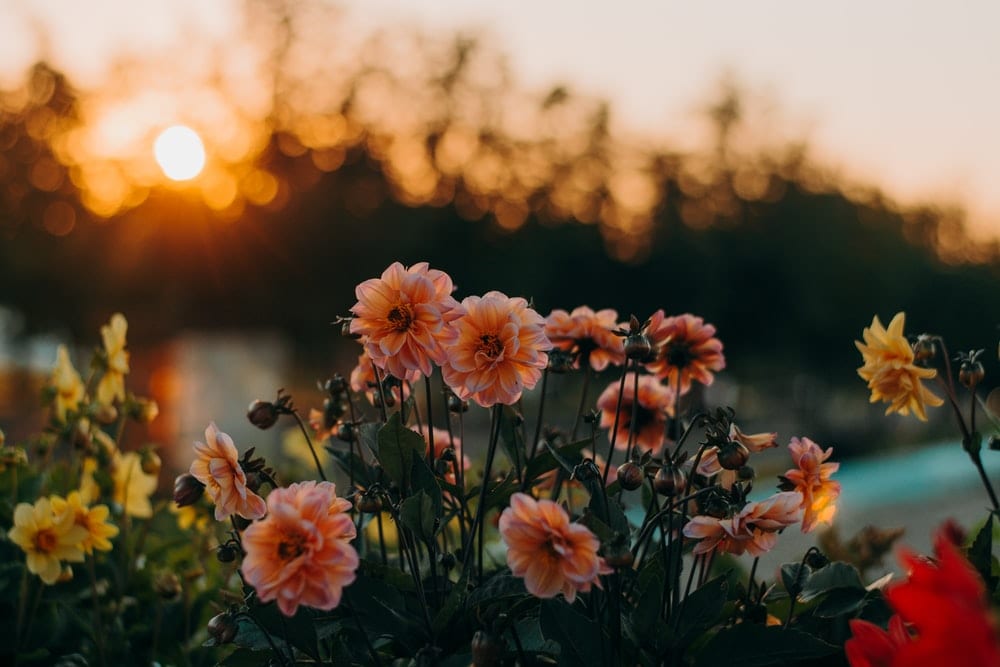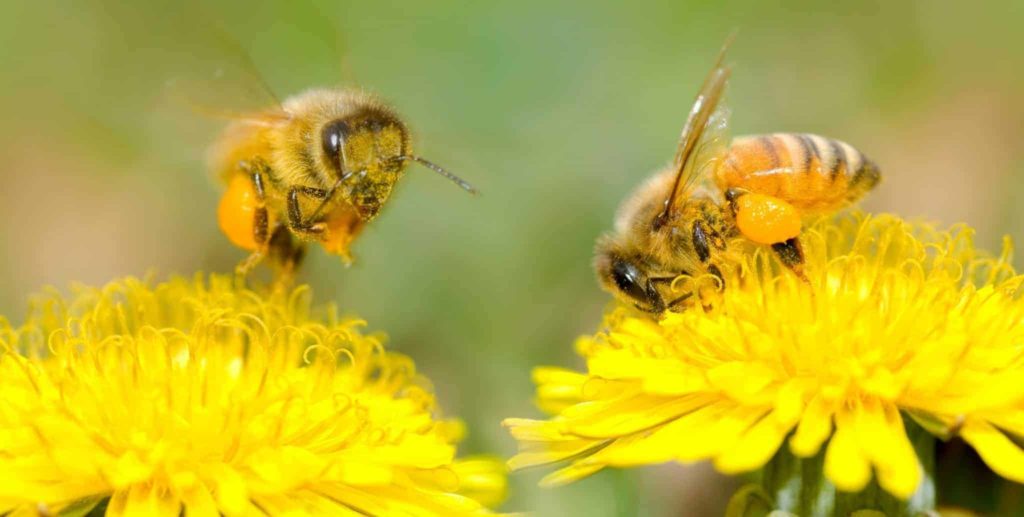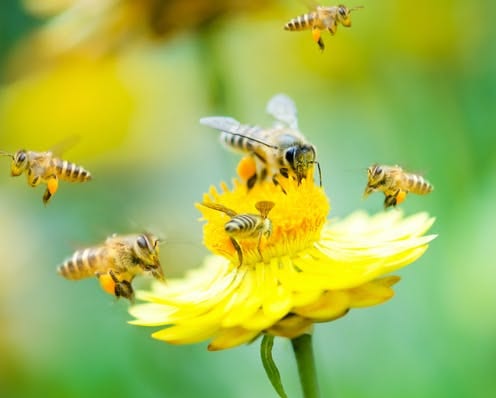Pollinating insects land on flowers and serve as a carrier of reproduction in the plant kingdom. The various colours and smells that these flowers possess lure the passing insects towards them, who then pick up pollen and pollinate other flowers that they land on. This is a very effective natural method of spreading pollen from one plant to another and has served the plants that depend on it quite well. The evolution of a lot of insects has been such that they depend on the nectar of these flowers to survive and the flowers on these insects to reproduce.
Bees are the best pollinators in existence. Researchers have attempted to emulate the effectiveness of bees in pollinating flowers by developing a high-tech method to deliver pollen to different plants. The method involves drones that can blow soap bubbles to transport the pollen. Researchers from the Japan Advanced Institute of Science and Technology have been working on this.

Their peers from around the world have shown optimism with regards to the future of this technology. The biologists, on the other hand, are sceptical and doubt whether these drones can ever take the place of the highly efficient pollinators of nature. Researchers have adapted a 4-centimetre long toy drone to do the pollination. The process of adapting these drones was fairly simple. The researchers stuck some horsehair to the underside of the drone and put some gel on them to make them stickier.
This is an attempt to mimic the hair strands on the underside of bees that can pick up the dust like pollen particles. This resulted in a catastrophe as the propellers immediately damaged the target flowers. To fix this, several researchers experimented with different detergents to see which one could form soapy bubbles that had the least effect on germination.
The idea was that the bubbles would carry the pollen to the target flower and, upon contact, would pop and deliver the pollen to the pistil. The method is not without its drawbacks; if more than ten bubbles hit one flower, the pollen tube was observed to be considerably shorter than usual, which was probably an adverse effect of the reaction between the flower and the bubble. The flowers that did make it were found to grow fruits which were just as good as the fruits which were formed through traditional means.

The method of pollinating through soap bubbles has several advantages; one of them is that it requires considerably less amount of pollen, and it also has fewer chances of damaging the flower as compared to the bees or human pollination. The implications of this invention are still unclear and could very well prove to be revolutionary for a variety of fields.
Further Reading:


